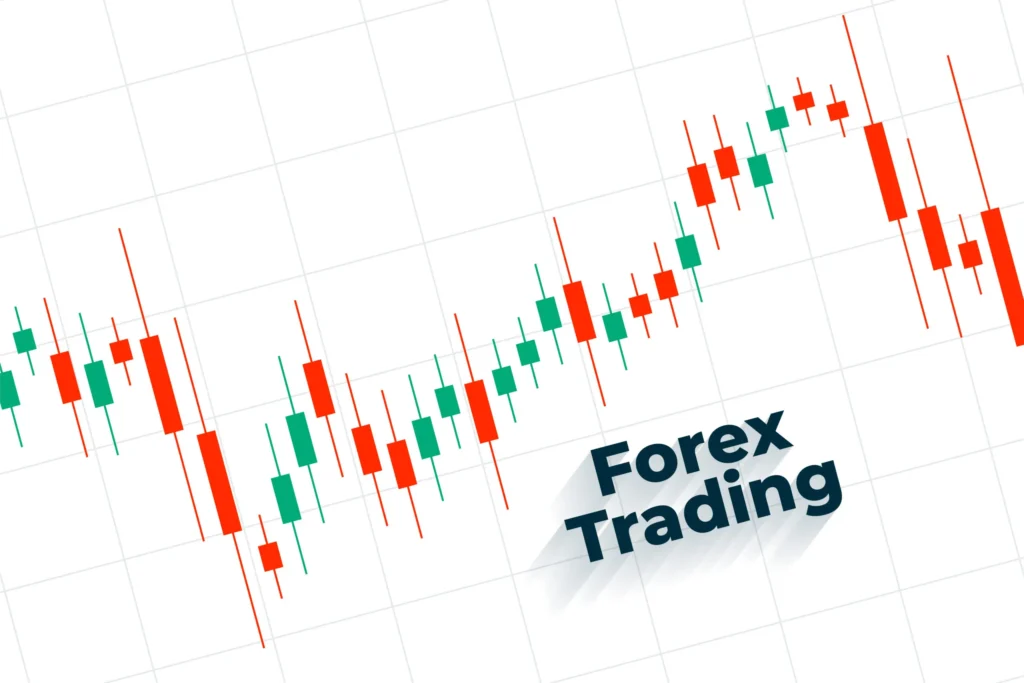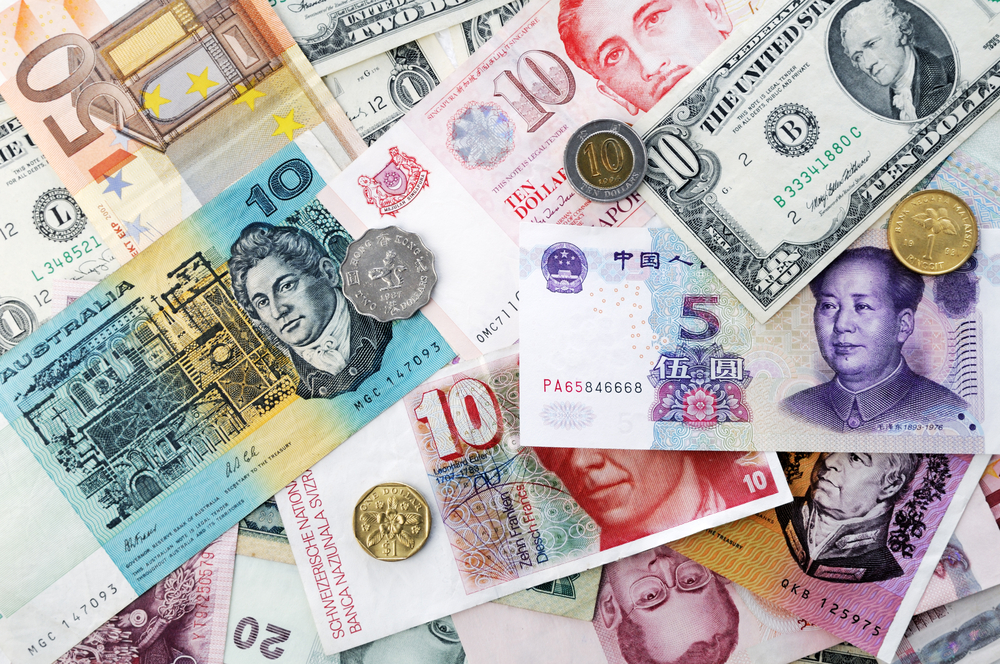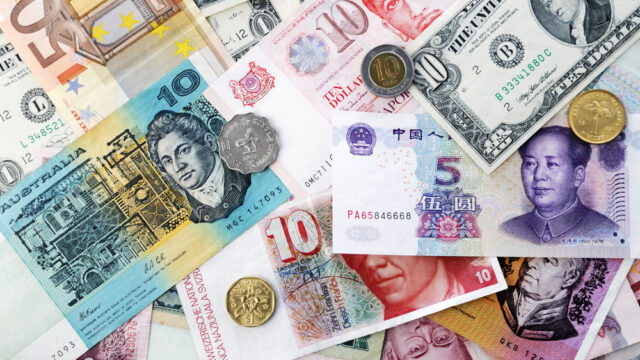Nepal Rastra Bank (NRB), the central monetary authority of the country, has released the official foreign exchange rates for today, setting the reference values for the buying and selling of major international currencies. These rates guide commercial banks, financial institutions, and businesses in their daily foreign currency dealings and are crucial for international trade, remittance, travel, and investment activities.
As per the updated rates issued by NRB, the buying rate of 1 US dollar has been fixed at NPR 134.80, while the selling rate stands at NPR 135.40. This minor fluctuation is consistent with current global currency trends and market activities, reflecting Nepal’s foreign exchange policy aimed at maintaining economic stability.
In the case of the Euro, the currency used across much of Europe, the central bank has set the buying rate at NPR 152.70 and the selling rate at NPR 153.38. Similarly, the British Pound Sterling is being traded at NPR 180.14 (buying) and NPR 180.94 (selling), maintaining its position as one of the strongest currencies in the global market.
Among other prominent currencies, the Swiss Franc has a buying rate of NPR 163.40 and a selling rate of NPR 164.13, while the Australian Dollar is valued at NPR 87.05 for buying and NPR 87.44 for selling. These rates are significant for both importers and tourists, given the increase in foreign travel and educational exchanges in recent years.

The Canadian Dollar stands at NPR 97.58 (buying) and NPR 98.01 (selling), whereas the Singapore Dollar is slightly higher with a buying rate of NPR 104.56 and a selling rate of NPR 105.02.
In Asian currency markets, the Japanese Yen, calculated per 10 units, has been fixed at NPR 9.43 for buying and NPR 9.47 for selling. The Chinese Yuan is also gaining prominence with a buying rate of NPR 18.68 and selling rate of NPR 18.76, due to strong trade and tourism relations between the two nations.
Meanwhile, the Saudi Arabian Riyal and Qatari Riyal are also seeing consistent demand from the Nepali migrant workforce. The Saudi Riyal is set at NPR 35.94 (buying) and NPR 36.10 (selling), while the Qatari Riyal stands at NPR 36.98 (buying) and NPR 37.15 (selling).
From Southeast Asia, the Thai Baht has been valued at NPR 4.13 for buying and NPR 4.15 for selling, and the Malaysian Ringgit is at NPR 31.85 (buying) and NPR 31.99 (selling). The UAE Dirham is also a key currency due to strong remittance inflow, standing at NPR 36.70 for buying and NPR 36.86 for selling.

In East Asia, the South Korean Won (per 100 units) is valued at NPR 9.76 for buying and NPR 9.81 for selling. Among European currencies, the Swedish Krona is set at NPR 14.01 (buying) and NPR 14.07 (selling), and the Danish Krone is at NPR 20.46 (buying) and NPR 20.55 (selling).
The Hong Kong Dollar is priced at NPR 17.39 for buying and NPR 17.47 for selling, catering to the financial ties between Nepal and East Asia.
Among the Gulf currencies, the Kuwaiti Dinar remains the highest valued foreign currency today, with the buying rate at NPR 439.69 and selling rate at NPR 441.65. Similarly, the Bahraini Dinar is valued at NPR 357.55 (buying) and NPR 359.14 (selling), while the Omani Riyal is listed at NPR 350.13 for buying and NPR 351.69 for selling.

For the Indian Rupee, which shares a fixed exchange system with the Nepali Rupee, the rate has been set at NPR 160.00 for buying and NPR 160.15 for selling per 100 Indian Rupees. This continues to support stable economic interaction between the two neighboring countries, especially in border trade and remittance flow.
Nepal Rastra Bank has emphasized that the published exchange rates are indicative and can be subject to change as per market demand or other economic considerations. The central bank has also clarified that the rates published are mid-rates used for reference, and commercial banks may offer slightly different rates in the open market depending on supply and demand.
The latest exchange rates are available on the official NRB website, allowing real-time access for individuals, financial institutions, and businesses. Users are advised to check the updated rates before carrying out any major currency exchange or international financial transaction.
As foreign exchange continues to be a key indicator of economic activity and global interaction, NRB’s daily updates ensure transparency, reliability, and consistency in the foreign exchange market in Nepal.





